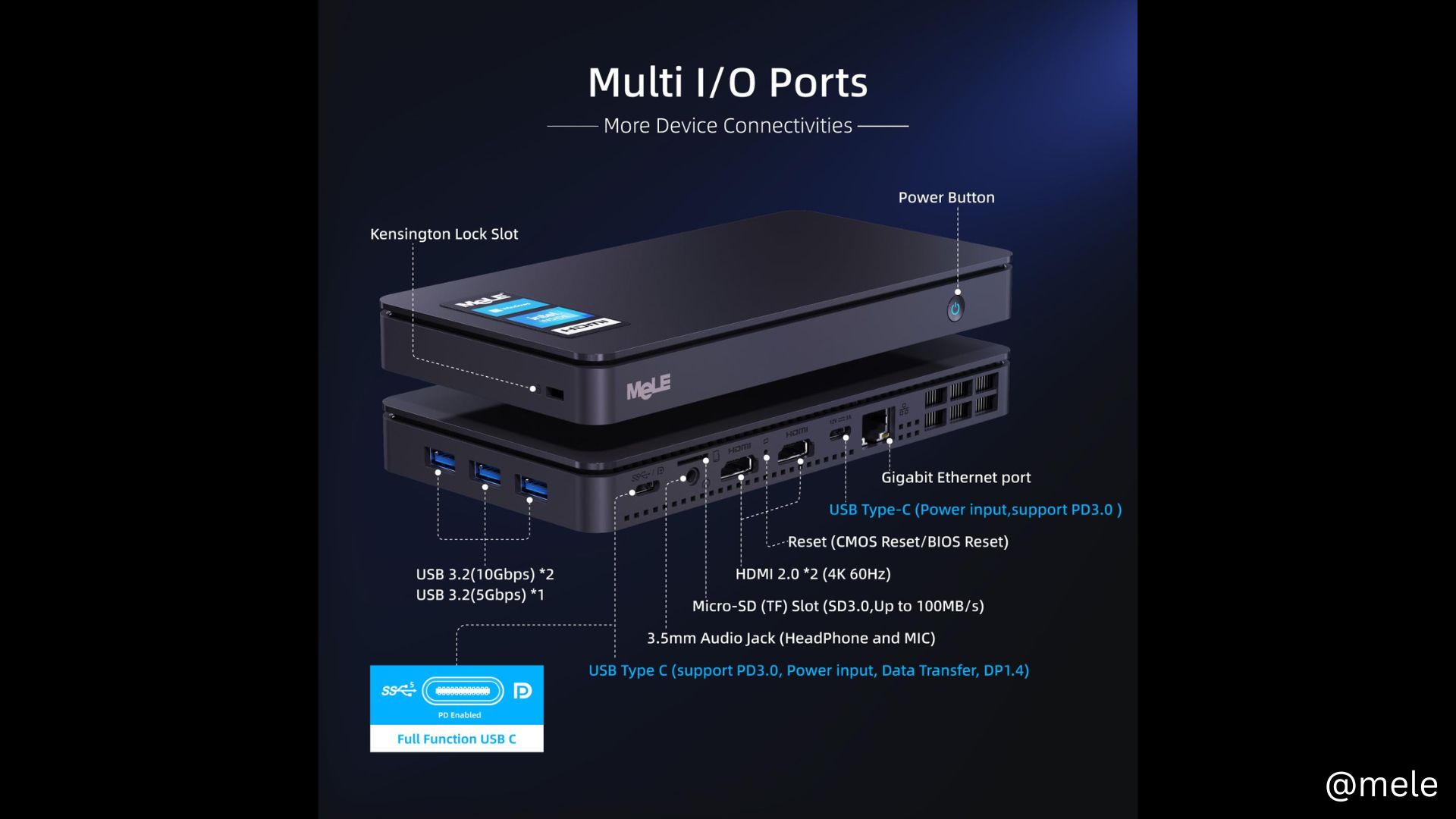Introduction
Voices that are cracked, distorted, or delayed during a conference call are more than just a small annoyance; they interfere with workflow, lead to miscommunications, and ultimately reduce corporate productivity. Selecting the appropriate audio codec is essential for Unified Communications (UC) in order to guarantee crystal-clear, continuous voice quality. Interoperability with other UC components, network bandwidth, and audio clarity can all be balanced with the help of the appropriate codec.
Understanding audio codecs for UC deployment, their function, and how to choose the best one for your company’s requirements are all covered in this book. This article will help you make an informed choice regardless of your priorities, which may include resilience against packet loss, low bandwidth usage, or high-definition audio quality.
Understanding Audio Codecs in UC Deployments
A device that compresses and decompresses voice signals for transmission over digital networks is called an audio codec, short for coder-decoder. Voice quality and bandwidth efficiency are directly impacted by codecs, which control the encoding, transmission, and reconstruction of voice data.
Popular Audio Codecs Used in UC Systems
There are various audio codecs, and each has advantages and disadvantages of its own. The most popular ones in UC deployments are broken down as follows:
1. G.711
- Type: Narrowband, uncompressed
- Bitrate: 64 kbps
- Pros: High voice quality (PSTN standard), widely supported
- Cons: High bandwidth usage
2. G.722
- Type: Wideband
- Bitrate: 48-64 kbps
- Pros: Offers HD voice at a similar bandwidth as G.711, license-free
- Cons: Requires network support for wideband
3. G.729
- Type: Narrowband, compressed
- Bitrate: 8 kbps
- Pros: Low bandwidth consumption
- Cons: Requires licensing, lower audio quality compared to G.711 or G.722
4. Opus
- Type: Full-band, adaptive
- Bitrate: 6–510 kbps
- Pros: Adaptive to network conditions, excellent quality, open-source
- Cons: Higher processing power needed
5. AAC-LD (Low Delay) / ELD (Enhanced Low Delay)
- Type: Wideband
- Bitrate: Variable
- Pros: High-fidelity audio, ideal for video conferencing
- Cons: Higher bandwidth usage
6. SILK (Skype’s Codec)
- Type: Wideband
- Bitrate: 6–40 kbps
- Pros: Adaptive, optimized for low-bandwidth conditions
- Cons: Primarily used within Skype/Microsoft environments
Every codec must strike a balance between interoperability, compression, and sound quality, therefore it’s critical to select the best one for your particular UC requirements.
Factors to Consider When Choosing an Audio Codec
It takes more than just choosing the audio codec with the finest sound quality to choose the ideal one for UC deployment. You need to take into account a number of elements that affect UC performance:
1. Bandwidth Efficiency
- Is your network capable of handling high-bitrate codecs?
- For instance, G.729 only utilizes 8 kbps each call, whereas G.711 needs 64 kbps.
2. Voice Quality vs. Compression
- Which do you value more: network efficiency or high-definition (HD) voice?
- For instance, while G.729 compromises some quality for bandwidth savings, G.722 offers HD voice at 64 kbps.
3. Latency & Delay
- Conversations flow more naturally when latency is reduced.
- For instance, AAC-LD and Opus are great for real-time voice applications.
4. Packet Loss Resilience
- Pick a codec with built-in correction if packet loss occurs on your network.
- For instance, Opus can manage unfavorable network conditions and has error concealment.
5. Interoperability with Existing UC Systems
- Verify that the codec you have selected is compatible with all of your UC devices, including IP phones, soft clients, PBXs, and gateways.
- For instance, G.711 is a safe option for PSTN integration because it is widely supported.
6. Licensing & Cost Considerations
- Additional license payments are required for some codecs.
- For example, Opus and G.722 are free, while G.729 needs a license.
7. Adaptive Performance
An adaptive codec like Opus can be perfect if your UC implementation is spread across several locations with different network circumstances.
Best Practices for Implementing Audio Codecs in UC Systems
Selecting the appropriate codec is just one aspect of the problem. Your UC environment will provide the greatest call experience if it is implemented correctly.
1. Test Codecs in Real-World Scenarios
Prior to complete deployment, simulate high call volumes, low bandwidth situations, and different network environments.
2. Work with Your UC Provider
Preferred codecs are offered by numerous UC/VoIP companies. Before making your choice, review their suggestions.
3. Configure Codec Prioritization
Configure your system so that fallback alternatives (like G.711, G.729) handle external PSTN calls, while HD codecs (like Opus, G.722) are prioritized for internal calls.
4. Ensure Your Network is Ready
- Turn on Quality of Service (QoS) so that voice traffic is given priority.
- Keep an eye on call quality measures, such as packet loss, delay, and jitter.
5. Reduce Unnecessary Transcoding
Quality loss and latency are introduced by transcoding, or switching between different codecs. Reduce this by standardizing codecs throughout your UC infrastructure.
6. Monitor and Optimize Performance
To find bottlenecks and adjust codec settings, use network monitoring tools.
Final Thoughts
Voice quality, bandwidth consumption, and compatibility must all be balanced when selecting the appropriate audio codec for UC adoption. A carefully selected codec improves network efficiency, guarantees device interoperability, and makes calls more clear.
Understanding audio codec comparison for UC systems and integrating them into your UC strategy can help you establish a smooth communication experience that promotes efficiency and productivity.
Do you need professional advice from av integrators on UC system optimization? For best practices and customized solutions to improve your unified communications system, get in touch with us.





